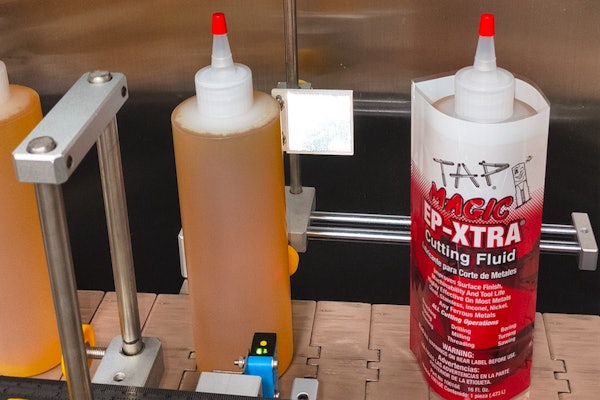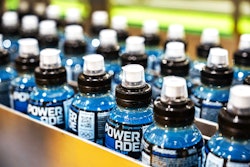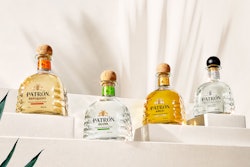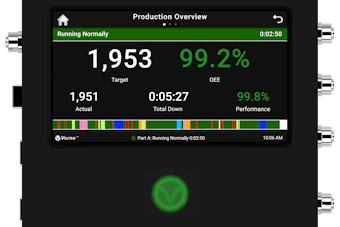In the U.S., ingredients must be listed in descending order by weight.
The U.S. will argue that a percentage listing threatens proprietary information. GMA also is fighting the percentage listing, saying it does not prove a product is safer or of higher quality. Only a handful of products in the U.S. have mandatory percentage labeling. They are juices, peanut spreads, olive oil, meat on frozen pizza, and shrimp cocktail. Other products are subject to federal standards of identity that stipulate the amount of an ingredient necessary to be called a particular name.
Percentage labeling has been mandatory in the EU since 2000. The U.S. would not have to comply should Codex adopt the percentage standard, but companies in global trade would have to comply in selling to EU countries. Many countries adopt the Codex standards rather than develop their own rules.























